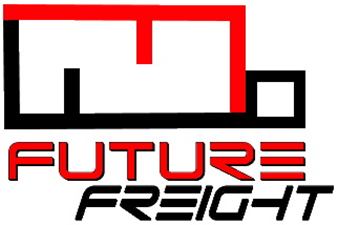Data Story
Firstly geometries data was converted from linestring to vector columns and plotted in MATLAB using the geoscatter function to map 106 main roads/motorways used by freight companies over Australia. Freighting companies can use this to identify alternative routes in the case of a natural disaster. Using the same method, 2000 rest stops were plotted all over Australia using latitude and longitude data on to the same geomap. Hence safe stopping locations for truck drivers can be located.
800'000 data entries from the 2020 NASA hotspot data was plotted on the same geomap using the geodensity function to show the major hotspots and severity of bushfires. This provides a visual representation of the major bushfire areas recorded over the course of a year.
Finally flood location and severity data was manually extracted from various flood maps and added to the geomap to demonstrate the ability to display affected areas and road closures.
Overall, over 1 million data entries were expertly analysed using excel and MATLAB programs. Which in turn created a interactive map that can be used to predict road closures due to natural disasters and provide safe alternative routes or resting areas.


